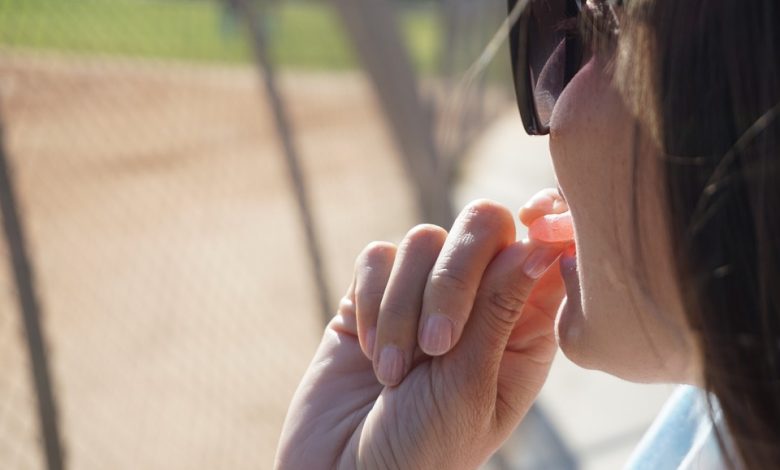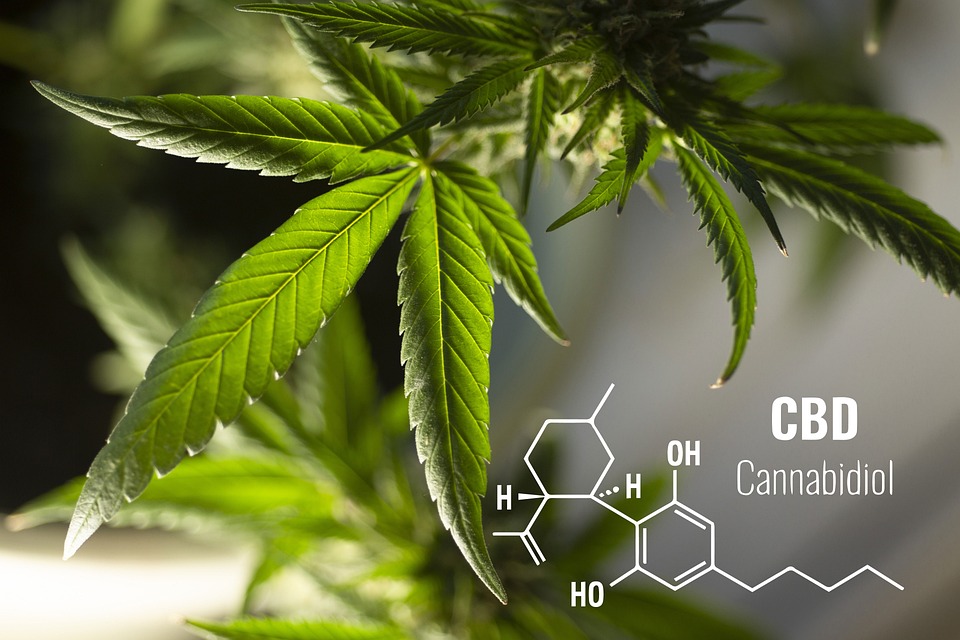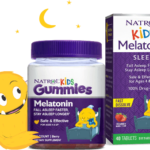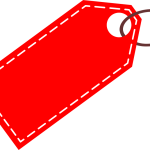Best 10 CBD Gummies For Sex and Stamina

Cannabidiol (CBD) is a compound found in the Cannabis sativa plant, which has been used for medicinal purposes for thousands of years. CBD gummies are a relatively new product that has emerged in recent years, as the use of CBD has become increasingly popular for its potential health benefits.
The history of CBD gummies can be traced back to the legalization of hemp-derived CBD in the United States with the passage of the 2018 Farm Bill. This legislation removed hemp, a variety of the cannabis plant that contains less than 0.3% THC (the psychoactive compound in cannabis), from the Controlled Substances Act. As a result, CBD products derived from hemp became legal at the federal level, and the market for these products began to expand.
CBD gummies are a popular way to consume CBD because they are convenient, discreet, and easy to dose. They typically contain a precise amount of CBD per gummy, making it easy for consumers to monitor their intake and adjust their dosage as needed.
Today, CBD gummies are available from a wide range of manufacturers and in a variety of formulations, flavors, and potencies. While the use of CBD gummies for health purposes is still being studied, many individuals use them for their potential to promote relaxation, reduce anxiety, and manage pain and inflammation.
Is CBD gummies good for sex?
Yes, some studies have suggested that CBD may have potential as a treatment for sexual dysfunction, including erectile dysfunction (ED) and female sexual dysfunction (FSD). However, these studies have typically been conducted using higher doses of CBD than what is typically found in CBD gummies, and the results have been mixed.
It’s also worth noting that the effects of CBD can vary depending on the individual and their specific needs and circumstances. While some individuals may find that CBD gummies are helpful for their sexual experiences, others may not notice any significant effects.
Ultimately, the decision to use CBD gummies for sexual purposes is a personal one and should be made in consultation with a healthcare professional. It’s also important to choose a reputable brand of CBD gummies and to follow the dosing instructions carefully to ensure safety and effectiveness.
Does CBD intensify sex?
There is currently no scientific evidence to support the claim that CBD has a direct effect on sexual function or libido. However, some individuals may find that using CBD helps them relax and reduces anxiety, which could indirectly enhance sexual experiences.
Anxiety and stress can negatively affect sexual function and desire, and some research suggests that CBD may have anxiolytic (anti-anxiety) and stress-reducing effects. By reducing anxiety and stress, CBD may help individuals feel more comfortable and present during sexual experiences, which could lead to more enjoyable and satisfying sexual encounters.
How do sex gummies work?
It’s not entirely clear how CBD exerts its effect on sexual function or libido. However, some manufacturers may include additional ingredients in their CBD gummies that are believed to have aphrodisiac or other sexual-enhancing properties. For example, some products may contain herbal extracts like maca root or ginseng, which are believed to enhance sexual desire and performance. Other products may include ingredients like L-arginine, which is thought to increase blood flow to the genitals and improve sexual function.
It’s important to note that these additional ingredients have not been extensively studied for their safety or effectiveness, and their potential interactions with CBD or other medications are not well-understood. As with any supplement or medication, it’s important to speak with a healthcare professional before using sex gummies or any other product marketed for sexual purposes.
Additionally, it’s worth noting that while certain products or ingredients may have aphrodisiac or sexual-enhancing properties, sexual function, and desire are complex and multifaceted, and can be influenced by a variety of factors, including physical health, mental health, and relationship dynamics.

What is the best CBD for sex?
If you are interested in using CBD for sexual purposes, there are a variety of CBD products available on the market, including oils, tinctures, edibles (such as gummies), and topicals (such as creams or lotions). Some manufacturers may also offer products that are specifically marketed for sexual purposes and contain additional ingredients, such as herbal extracts or essential oils, that are believed to enhance sexual function or pleasure.
When choosing a CBD product for sex, it’s important to consider factors such as the quality and purity of the CBD, the dosage and delivery method, and any additional ingredients that may be included. It’s also important to purchase products from reputable brands that use third-party testing to verify the potency and purity of their products.
Ultimately, the decision to use CBD for sexual purposes is a personal one and should be made in consultation with a healthcare professional. It’s important to start with a low dose and gradually increase as needed to find the dosage and delivery method that works best for you.
Here is a list of some of the most popular and well-known CBD brands based on customer reviews, industry reputation, and availability:
1. Charlotte’s Web: Founded in 2013, Charlotte’s Web is one of the most well-known and respected CBD brands. Their products are made from high-quality, full-spectrum hemp extract and are available in a variety of forms, including oils, capsules, gummies, and topicals. Charlotte’s Web is committed to quality and sustainability, and all of their products are third-party tested for purity and potency.
2. Green Roads: Green Roads is a Florida-based company that offers a wide range of CBD products, including oils, edibles, capsules, topicals, and pet products. They use high-quality, CO2-extracted hemp oil in their products and are committed to transparency and quality. Green Roads is a founding member of the Hemp Industries Association and is known for their innovative product formulations.
3. CBDistillery: CBDistillery is a Colorado-based company that offers a wide range of high-quality CBD products, including oils, capsules, gummies, and topicals. They use non-GMO, pesticide-free hemp in their products and offer third-party lab testing to ensure purity and potency. CBDistillery is also committed to making their products affordable and accessible to everyone.
4. Lazarus Naturals: Lazarus Naturals is a Pacific Northwest-based company that offers a variety of full-spectrum and isolate CBD products, including tinctures, capsules, topicals, and pet products. They use organic hemp grown in Oregon and offer third-party testing to ensure purity and potency. Lazarus Naturals is also committed to making their products accessible to people who may not be able to afford other CBD products.
5. Medterra: Medterra is a California-based company that offers a variety of CBD products, including oils, capsules, gummies, topicals, and pet products. They use non-GMO hemp grown in Kentucky and offer third-party testing to ensure purity and potency. Medterra is also committed to quality and transparency and has received numerous awards for their products.
6. Joy Organics: Joy Organics is a Colorado-based company that offers a variety of premium CBD products, including oils, gummies, softgels, salves, and pet products. They use organic hemp grown in Colorado and offer third-party testing to ensure purity and potency. Joy Organics is also committed to innovation and offers unique product formulations, such as their water-soluble nanoemulsion technology.
7. Fab CBD: Fab CBD is a Colorado-based company that offers a variety of high-quality CBD products, including oils, gummies, topical creams, and pet products. They use non-GMO hemp grown in Colorado and offer third-party testing to ensure purity and potency. Fab CBD is also committed to transparency and offers detailed lab reports for each of their products.
8. PlusCBD Oil: PlusCBD Oil is a California-based company that offers a variety of high-quality CBD products, including oils, capsules, gummies, topicals, and pet products. They use non-GMO hemp grown in Europe and offer third-party testing to ensure purity and potency. PlusCBD Oil is also committed to education and research and has published several studies on the benefits of CBD.
9. CBDfx: CBDfx is a California-based company that offers a variety of high-quality CBD products, including oils, gummies, capsules, topicals, and vape pens. They use organic hemp grown in Kentucky and offer third-party testing to ensure purity and potency. CBDfx is also committed to sustainability and uses eco-friendly packaging for their products.
10. Koi CBD: Koi CBD is a popular brand that offers a range of high-quality CBD products. Their products are made using organic hemp that is grown and harvested in the United States. Koi CBD’s products include CBD oils, gummies, vape juice, topicals, and pet products. They also offer a line of products that are THC-free for customers who are concerned about consuming THC. All of Koi CBD’s products are third-party lab tested to ensure purity and potency. The brand is known for their dedication to quality and their commitment to providing their customers with a premium CBD experience.
CBD Gummies For Sex Reviews
CBD gummies may have the potential to enhance sexual experiences for some people. CBD may help to reduce anxiety, promote relaxation, and increase blood flow to the genital area, all of which could improve sexual function and pleasure. However, the effects of CBD on sex may vary from person to person, and more research is needed to fully understand its potential benefits. Additionally, it is important to note that CBD gummies should not be used as a substitute for medical treatment or advice. If you have any concerns about your sexual health or function, it is best to consult with a healthcare professional.





